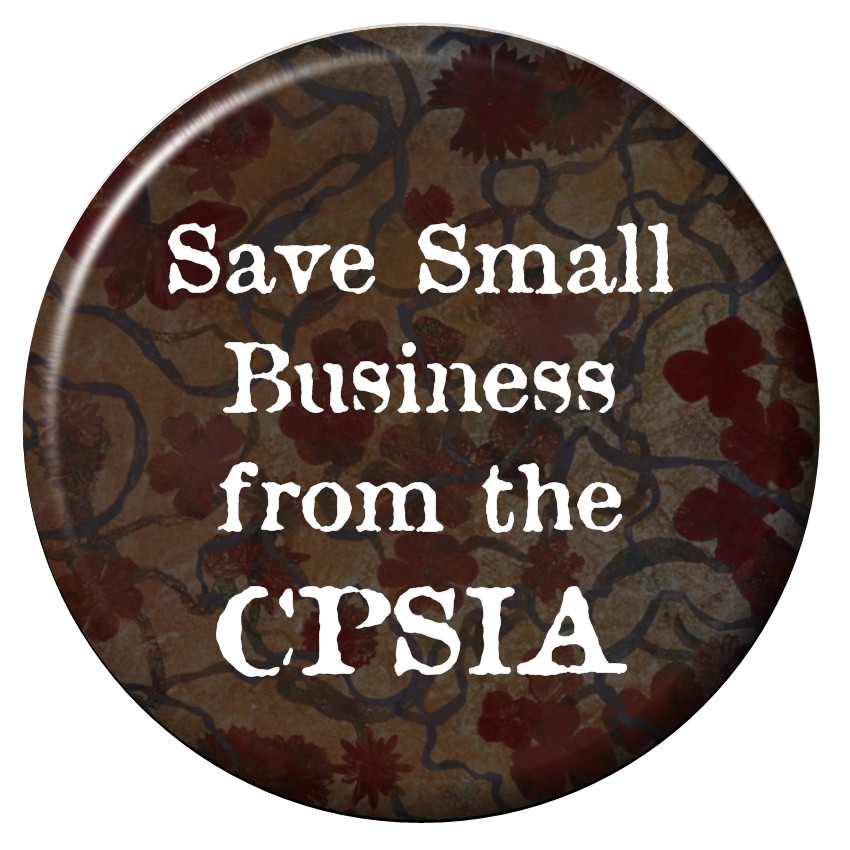Guess what? There are naturally occurring variations in lead content within a given run of metal alloy snaps, clasps or grommets. So even if all 20 that you test happen to score below CPSIA’s permitted threshold, you may still wind up incorporating some that fail into your line of garments. And the first you hear about that may be the press release from the state attorney general or private operator angling for settlement money. Aren’t you glad CPSIA was written to include such harsh penalties for inadvertent and unintended violations?
Posts Tagged ‘CPSIA and apparel/needle trades’
CPSIA: fifty stars and an asterisk
Fifty glimpses of the law and its impact, plus one at the end for D.C:
Hawaii: Kailua doll shop closes despite CPSC enforcement stay (w/video); Honolulu Honey Baby shakes leis and hula skirts in dismay;
Alaska: “Why you should care about CPSIA, and what you can do about it”.
Washington: Don’t miss this helmet anecdote from Whitman County;
Oregon: Milagros Boutique of Portland: “One of our local vendors has decided to throw in the towel rather than wait and see if the CPSIA is amended.”
California: Thanks to stay, Whimsical Walney will close down only temporarily, not permanently;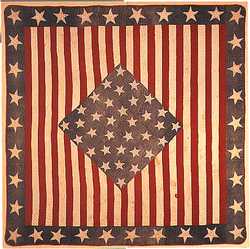
Utah: “We will have to lock our doors and file for bankruptcy,” said Shauna Sloan, founder of Utah-based children’s resale chain Kid to Kid. Glory Quilts: “My longest blog post ever — and the most angry“;
Colorado: Emily Werner: “Today, I have diaper making to do. But I also am ready to stuff envelopes“;
Idaho: Squares of Flair, from Eagle, is on the Endangered Whimsy list. And if you’re thinking of making something bulky for children, like a furniture line, have you considered that none of the nation’s lead testing labs are anywhere near Idaho?
Nevada: Let’s hope Sen. Harry Reid is listening to constituent Molly Orr;
Wyoming: For Kooky Dolls it’s a distinctly non-kooky issue;
Montana: Mark Riffey’s Business is Personal (Rescue Marketing) has helped focus blog attention;
Arizona: “No way” Other Mothers resale stores “can be completely compliant”;
New Mexico: Fashion Incubator and National Bankruptcy Day;

Oklahoma: Farewell jingle dresses, powwow dance clothes, buckskin leggings, concho belts and other Native American celebratory kids’ gear;
Texas: Distress sale at My Pink Zebra Boutique in Katy;
Kansas: Owner of Baxter Springs company that makes organic nursing pillows doesn’t think threat of being “hauled off to prison” is very constructive;
Nebraska: Omaha-connected Baby Leather Moks is on Endangered Whimsy list;
North Dakota: Sunrise Hill Decor, making blocks for play or display, is member of the Handmade Toy Alliance;
South Dakota: Question after our own heart: what would Laura Ingalls Wilder have thought of this law?
Iowa: I may know there are no phthalates or lead in that whimsical chenille baby bib, and you may know it, but have you documented it to the satisfaction of the wary retailer’s lawyers?
Minnesota: Things seem to be going great, with your product line featured on the Martha Stewart show. And then this happens (auto-plays video);
Missouri: Fleece scarves, going too cheap;
Illinois: List-keeping in Naperville. Oprah, please help!
Wisconsin: Owner of Jacobsen Books in Clinton is also worried about small-run adaptive devices used by special needs children;
Indiana: Rebecca Holloway gives ’em a deserved slamming; doll outfits and hair bows;
Ohio: Nicer-than-mass-produced diaper covers; Toledo Physical Education Supply takes a hit;
Michigan: Brandi Pahl wonders: What are they thinking?; NARTS efforts couldn’t save Ionia resale store;
Arkansas: Closing of A Kidd’s Dream consignment shop in Conway doesn’t seem to have done much to change Sen. Mark Pryor’s mind;
Louisiana: The stay: “Hope but no solution“, kids’ Mardi Gras masks;
Mississippi: Sen. Roger Wicker is co-sponsoring DeMint reform bill;
Alabama: About that stay: “Read the fine print“; at least the pink whale got adopted;
Florida: “Many stores have fallen for the false report from the media that consignment stores are exempt.”
Georgia: Thank you, 11 Alive News, for listening to consignment sellers;
Tennessee: eBay seamstresses and Spanish baby gift sellers watching with concern;
South Carolina: Rock and mineral kits: do not eat contents unless you are at least 12 years of age;
North Carolina: Quilt Baby appeals to reason;
Kentucky: Menace of soft texture block set probably overrated;
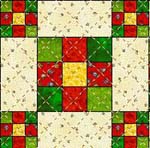
Maine: Any reform will come too late for Farmington’s Blessed Baby Boutique, shut down last weekend;
New Hampshire: As Commerce Secretary, d’you think Sen. Gregg could help?
Massachusetts: Rob Wilson of Ashland, importer of earth-friendly toys, has done much to spread the word, and impact on libraries noted in Newburyport;
Vermont: “Somewhere in the neighborhood of 95 percent of the merchants on our site would have to shut down,” says Michael Secore of Craftsbury Kids, with co-owner Cecilia Leibovitz a major spreader of word about the law, ditto Barre’s Polkadot Patch;
Rhode Island: Sens. Sheldon Whitehouse and Jack Reed “don’t seem terribly concerned“.
Connecticut: Stamford maker faces $400 testing bill for each $360 run of bibs and napkins, while paperback exchange owner in Bethel terms application of law “insane“;
New York: Issue has captured attention of book publishers, if not of certain newspaper publishers;
New Jersey: You made play food for kids out of felt? No wonder Rep. Waxman is so worried they’ll eat it!
Delaware: Wilmington store Yo-Yo Joe’s is a member of the Handmade Toy Alliance;
Pennsylvania: Going out on a limb, Somerset librarian contends most kids are old enough to know not to put the books in their mouths;
Maryland: The Baltimore Etsy Street Team is on the wing;
West Virginia: Project Linus, which does great charity work in the donation of quilts and blankets, puts on a brave face but its friends are worried;
Virginia: Back away from that ribbon hair bow slowly, now, and we’ll just wait for the hazmat team to arrive;
*District of Columbia: Almost forgot Washington, D.C.! Well, in Washington, D.C., it’s easy to get them to pay attention to problems like these. For example, less than a month ago, the offices of Reps. Henry Waxman and Bobby Rush were instructing colleagues that if they get calls from constituents “who believe they may be adversely impacted by the new law,” it was because the constituents had fallen victim to “confusion” and “inaccurate reporting”. The most important advocacy group behind the law, the implacable Public Citizen, has launched a new campaign to defend it from critics; it was PC’s David Arkush who in December notoriously assailed (scroll to #1) “hysteria” about the law on the part of crafters and small businesses, broadly hinting that they were serving as dupes and stooges of Big Toy interests — perish the thought that they might have figured the issue out on their own! Trial-lawyer-defense groups like the misnamed Center for Justice and Democracy (along with their friends) chimed in with the thought that critics of the law needed to “grow up” (no, don’t bother commenting). CPSC Commissioner Thomas Moore, hewing to a similar line, blames the ongoing ruckus on “orchestrated campaigns to undermine the Act” that “are sowing the seeds of confusion that are upsetting so many small businesses.” Lobbyists and trade associations for mass-production importers and merchandisers are eager to prove their cooperation with the powers that be: “We were early proponents of mandatory laws to require toy testing,” said a Toy Industry Association spokesman the other day.
Washington, D.C. always does so well at listening to the rest of the country.
CPSIA: What will be enforced?
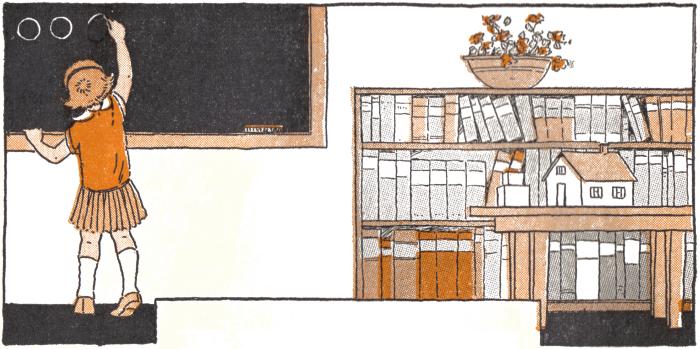
To cap a week of bewilderingly rapid developments, the Consumer Product Safety Commission yesterday announced new guidelines somewhat widening the scope of products that it will consider presumptively lawful to sell (unless a merchant is actually on notice that they contain hazards) when the law’s major provisions take effect three days from now, on Tuesday, Feb. 10. From a quick once-over — and all this is subject to correction by lawyers expert in the matter — the new guidelines appear most useful for the children’s publishing business and for makers of children’s garments and electronics, although fraught with difficult problems even for them; they do little to help many other businesses and small manufacturers affected by the law, and are most ominous as regards two major constituencies affected by the act, resale stores and public libraries.
First, a bit of background. In a February 4 post, “The Blame Game“, Rick Woldenberg has laid out the “noose-like” tightness with which the drafters of the CPSIA sought to prevent the CPSC from granting exemptions from the standards; they also provided that liability under the law would not be suspended just because a request for exemption was under consideration. In short, the CPSIA is purposely drafted to place many advantages in the hands of consumer groups or other litigants who might wish to challenge an exemption in court. Since the CPSC cannot be sure of having the last word — its attempt to carve out an exemption for pre-Feb. 10 phthalate inventories was just struck down — it would be incautious for producers or retailers to rely overmuch on its policy pronouncements, especially since, while it obviously has some discretion over its own enforcement efforts, it cannot prevent others (like state attorneys general) from bringing their own actions. One of those state AGs, Richard Blumenthal of Connecticut, just issued a press release crowing over the consumer groups’ phthalate victory and warning retailers, thrift stores presumably included, that “My office will take whatever steps are necessary [emphasis added] to ensure this phthalate ban is enforced.” (Note that while the phthalate ban was often argued for on the basis of the “precautionary principle” — even if no actual harm to humans has been proved, shouldn’t we alter the formulas for making the items to be safe rather than sorry? — Blumenthal & co. now seek to redefine millions of existing playthings in American homes as “toxic toys”.) It should be noted that private activist and lawyer groups often shop potential cases to state AGs’ offices, and in turn are made monetary beneficiaries of resulting fines and settlements (more on California’s CEH here).
In any event, the CPSC now edges into daring and legally uncharted territory by declaring that it will presumptively excuse not just untreated beige cotton, wool and other materials, but also dyed fabrics, as well as certain innocuous varieties of trim. This is of help to garment makers, who will still of course face possible legal exposure on their plastic buttons, metal snaps, and other nonfabric components. Electronics makers will benefit because the commission will adopt a more lenient view of when components are inaccessible, that is, not reachable by a child even after an effort to smash and break the object. Certain metals and alloys known not to contain lead will also be listed as presumptively safe. Finally, “ordinary” children’s books (it is not clear whether books with staples qualify) will be presumptively lawful if published since 1985.
Published since when?
That’s right, since 1985. It seems before that year some books were printed with lead-containing inks. None of the discussion I’ve seen of the issue seems to report that any American child has ever been injured by eating the ink in books. But the implication is pretty clear for books published before 1985: unless you’d care to put them through testing, title by title and edition by edition, it’s now legally safer to throw ’em out. One might propose vast bonfires in public squares, if not for the fear of violating air quality regulations.
It is not unusual for small independent booksellers to have in inventory still-unsold books of pre-1985 vintage. Perhaps these can be saved from landfills through the use of stickers reading, “Sold as a collectible only — under no account to be used by persons under 12”, as sellers of, say, vintage plastic dolls may do. But that doesn’t solve the problem for libraries. Their holdings include millions of pre-1985 children’s books, and if they stock them in children’s sections and allow them to be checked out at children’s request, they can’t very well play the “adult collectible” card. Beyond that, book sales are a major source of financial support for libraries, and inevitably include many of those ultra-terrifying, handle-with-lab-gloves pre-1985 children’s books.
Finally, thrift and resale stores remain in an unenviable position. Relatively few of the children’s goods they sell are composed entirely of materials on the hastily-assembled safe list. Most of the garments have snaps, zippers or plastic buttons; most of the sports items, board games and action toys have metal, vinyl or plastic components that might possibly (even if they probably do not) contain some admixture of lead or phthalates; who knows whether the jigsaw puzzles or spiral-bound art pads were printed before 1985, or, for that matter, would count as a “book”? Don’t even ask about bikes, trikes, strollers, car seats, backpacks, or things with rhinestones. And now you’ve got Richard Blumenthal and his allies vowing to “take whatever steps are necessary” — armed with those $100,000 penalties and those jail terms — against anyone who sells or resells items that a short time ago were a normal and, so far as anyone has been able to prove, harmless part of childhood.
Further discussion from Common Room (with particular attention to pre-1985 books: “I think the CPSC just turned my library into contraband. Or something.”) and Ian at Musings of a Catholic Bookstore. Rumor has it that CPSC will issue further guidance on thrift stores and resellers on or before Tuesday, but as Common Room cautions, “There’s a Difference Between a Policy and a Law“.
P.S. Note, incidentally, that the phthalate ban applies to a different (and generally narrower) range of products than does the lead ban: in particular, playthings and child care items. Peas and Bananas has reprinted the details (& welcome Publisher’s Weekly readers).
Public domain image: Grandma’s Graphics, Mabel Betsy Hill.
CPSIA chronicles, February 5
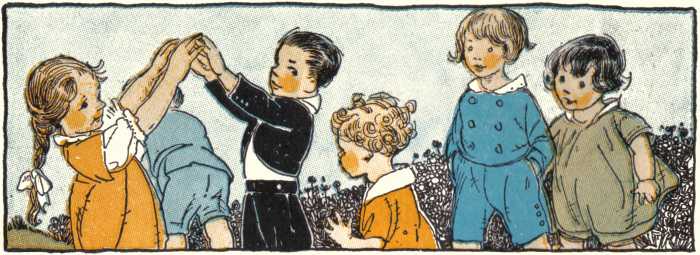
Five days until the law’s effective date, and far more to round up than space allows:
- Hundreds rally in front of Macy’s in New York’s garment district to protest the law [AP/AM New York; pic, and estimate of crowd at 1,000, at Publisher’s Weekly] Plans for Feb. 10 day of protest [Fasanella/Fashion Incubator]
- Several Senators are reported to have joined as sponsors of Sen. DeMint’s reform bill, which his staff says he wants to offer as an amendment to the stimulus bill (more). More welcome news: Sen. Orrin Hatch (R-Utah) calls for hearings on CPSIA [his office].
- “Using a bazooka to kill a (lead-free) gnat”: the inimitable Prof. Richard Epstein on the law’s high costs and low benefits [Forbes.com]. “Huge job losses” could result unless Congress goes back to drawing board
[Quin Hillyer, Washington Examiner, and more at American Spectator] More from Iain Murray at National Review “Corner” [here and here] and much coverage from Carter Wood at NAM “ShopFloor” as well. - At Crooked Timber, generally a pro-regulation site, John Holbo looks kindly on CPSIA reform — but a guy from PIRG pops right up to defend the measure. Scroll to comments #25 and #28 for good comments by familiar names, and then to Holbo’s own #30 (“I’m increasingly convinced that this is an unusually horrible law.”)
- Reps. Rush and Waxman, Sens. Rockefeller and Pryor blame the whole mess not on their own offices’ drafting, but on CPSC Commissioner Nancy Nord, who resisted many of the law’s extreme provisions, and they demand her ouster [Little Ida]. CPSC Commissioner Thomas Moore likes the law just fine as is, which may help explain why Waxman et al. didn’t call for his head [same]. And yet another “we’re calling the shots here, but any failures are your fault” letter from Rush, Waxman et al to CPSC [Fashion Incubator]. NPR Marketplace’s coverage tends, with the law’s advocates, to promote the “inept agency” rather than the “insanely drafted law” narrative;
- A news account in the WSJ attributes last Friday’s stay to “pressure from manufacturers”, with no mention of grass-roots movement at all. Lame. Meanwhile, CNNMoney quotes safetyists and trade associations, but not small producers, leaving readers clueless about costs. USA Today does a better job at presenting all sides.
- The ultimate acronym? “Congress Passes Stupid Ill-conceived Act” [Three By Sea]
- Rick Woldenberg and Heartkeeper Common Room have both been incisively taking on and refuting the assertions of the law’s diehard promoters, namely, the groups like PIRG, Public Citizen and Consumers’ Union; check out both sites and scroll through multiple posts. And Kathleen Fasanella’s Fashion Incubator promises to stay on top of activist and protest developments.
Public domain image, Ruth Mary Hallock: Grandma’s Graphics.
CPSIA: The children’s product safety “crisis” that wasn’t
Rick Woldenberg has been looking into it:
It’s certainly true that children have been checking books out of libraries for many, many years with only paper cuts to show for their reckless behavior. And thrift stores have sold children’s clothing and strollers for years without incident, but apparently no one knew the “dangers” that lurked within. Indeed, all of these items have been considered safe until February 10, when magically they will become unsafe unless proven otherwise.
According to reports from the field, zippers and snaps on kids’ garments are among the components most likely to flunk the new CPSIA standards. In all probability, millions of existing, already sold garments would flunk for similar reasons. Yet have CPSIA advocates pointed to even a single instance in which an American child has been poisoned by garment zippers or snaps? Could this be because kids do not as a rule detach and eat zippers and snaps? “Why aren’t we seeing many claims of injury from all the dangerous children’s products still legally available in the market?” Woldenberg asks. “Shouldn’t we be seeing outrageous injury statistics right now, currently”?
To put it differently, advocates seem to have taken a few genuine instances of injury from distinctive, atypical products (lead jewelry, powerful ball magnets) and used them to manufacture an imaginary crisis in the safety of children’s products generally. But there was never any general crisis of children’s product safety.
Following up, as part of a more general critique of CPSIA advocates’ misrepresentations — which should be read in its entirety, as it makes many other valuable points — Woldenberg analyzes the purportedly alarming data on product recalls involving children (Excel spreadsheet). Separately, Wacky Hermit has been looking at the recall figures as well. She concludes:
Of the 63 recalls that would have been prevented by CPSIA, only 1 resulted in an injury (a child ingested lead paint from a crib and had elevated blood levels of lead). This means that had CPSIA been in place for 2008, one child would have been helped.*
If we’re going to extrapolate one or a handful of injuries into a supposed national crisis, we might as well deduce a “children’s bathing crisis” from a bathtub drowning, a “children’s kitchen crisis” from a stovetop scalding or a “children’s transportation crisis” from a highway smashup. Common Room has a wrap-up which also should be read in full:
the majority of recalls (by an astronomical number) are not because a item has actually harmed anybody, but because the CPSC or the company determine that perhaps a particular item might possibly harm a child- and, while it flies against our intuitive, emotional reaction to the news that an item has lead, not all lead products are the same. The lead in a kid’s mini-bike tire valve is not as dangerous as the lead in paint on a toddler’s block. … The CPSIA treats real, imagined, and nonexistent threats exactly the same, and that is not sound policy.
*More: Jennifer Taggart writes to say that looking at past recalls does not make it possible to assess the law’s full effect since most items covered by CPSIA had not been subject to federal regulation (except under general catchall provisions). So the generalization quoted above should probably have included some limiting language to that effect.
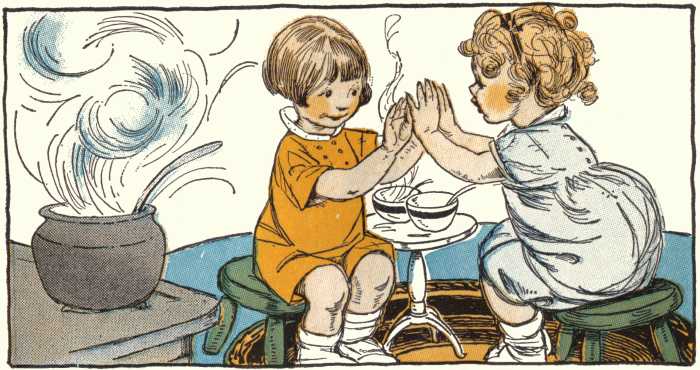
CPSIA Blog Day #6: Wrap-up
Links and angles that didn’t fit anywhere else:
- Just in time to be too late? Per activist Kathleen Fasanella, NPR “Marketplace” is said to be planning a show on CPSIA for Feb. 6, by which time shelves will be emptying;
- Community of independent artists squabble amid anguish of “discovering piece by piece they can’t comply” [Electric Boogaloo, strong language]
- Obama’s decorator better hurry and furnish girls’ rooms before Feb. 10 [Vicki Piippo, Calico Closet]
- Consumer Reports sticks to its profoundly benighted view that there’s nothing wrong with the law, and gets an earful from visiting readers. Relatedly, the once-independent blog Consumerist was recently bought by CR’s parent Consumers’ Union, and likewise parrots the organization’s misleading line on thrift shops and other applications of the law;
- My call for past bloggers to revisit CPSIA today was even more successful than I hoped. Posts from Amy Alkon at Advice Goddess, Patrick at Popehat, John Schwenkler, Mark Thompson at the wonderfully named League of Ordinary Gentlemen, and Eve Tushnet at Ladyblog.
Also, I contributed two posts at my other site, Point of Law, on the law’s testing costs and its impact on the amusement park/attractions business. And excellent business/econ blogger Marc Hodak (Hodak Value) posted today as well.
- Darn. This place had some cute stuff, too.
- In today’s New York Post, Jeff Stier (American Council on Science and Health) points out that the law will deal a blow to NYC’s garment trade. Help, Mayor Bloomberg!
- Canadian web-based book seller: we’ll have to decide whether to go on shipping kids’ books to U.S. customers;
- Resources: A great big assemblage of videos on the cause; nice collection of resources on the law from Karen Clark; info and action kit from Etsy (PDF), print it out for reference.
CPSIA Blog Day #3: Small businesses endangered
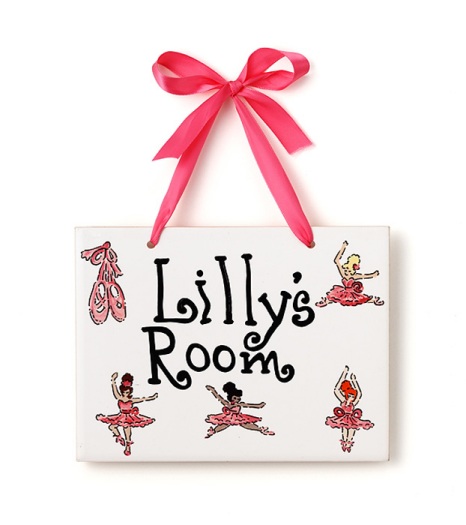
The Upscale Baby Blog (“Reviews of Stylish Baby Gear and Inexpensive Alternatives by Real Moms”) has been running a terrific series by Susan Maphis on the law, with many posts examining the law’s real-world impact on small makers of such products as cold-weather baby capes, eco-friendly animal dolls, personalized ceramic wall plaques, made-to-order coordinated mother-daughter outfits, custom quilts, organic-fiber baby sweaters, and toy barns from reclaimed wood. It makes for sad (some of the makers have already resigned themselves to going out of business) but important reading.
CPSIA Blog Day #2: Etsy’s Gallery of Unaffordability
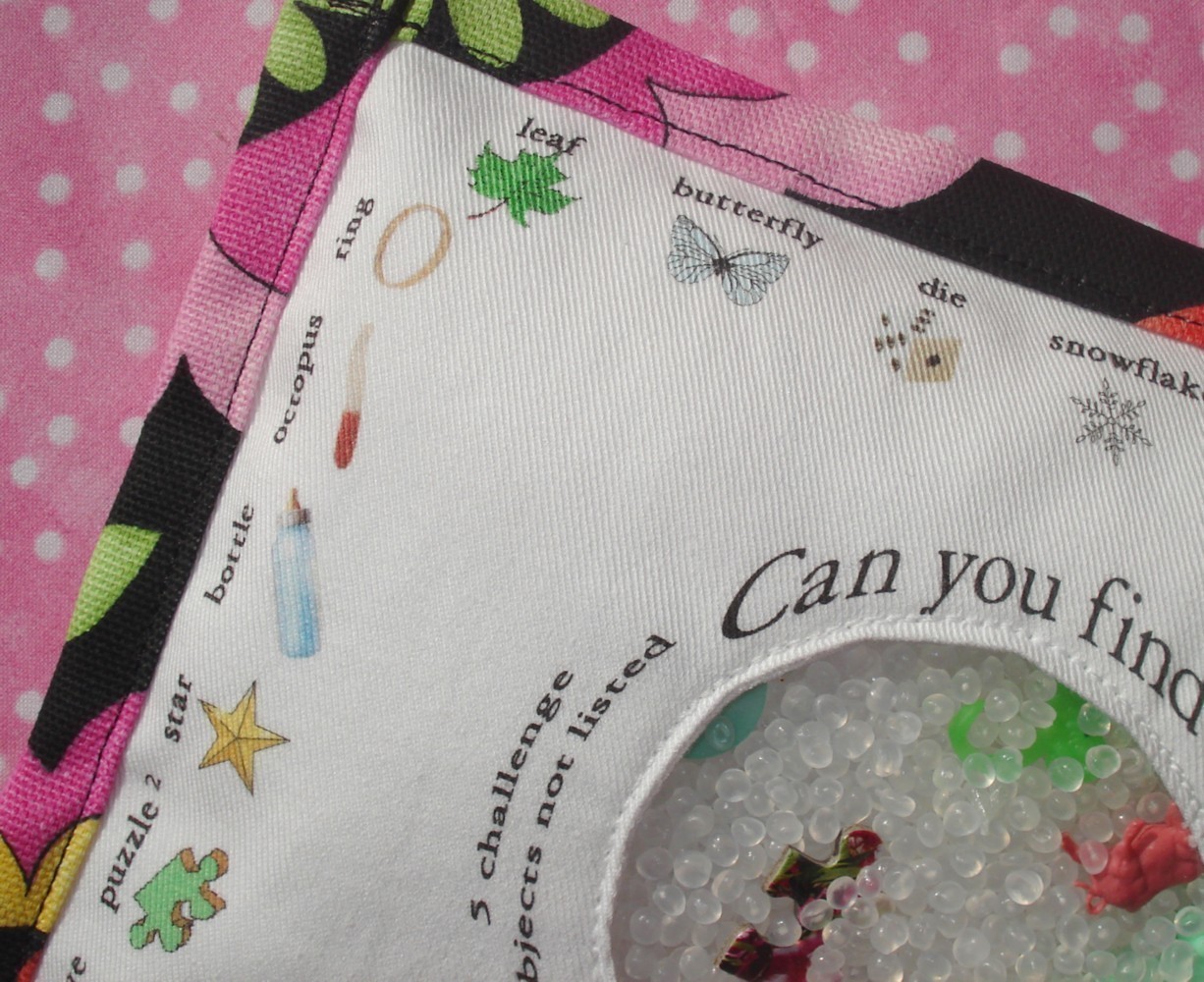 We posted a week and a half ago about the cute baby quilt priced at $3,530 — formerly $58, but with a new higher price to cover the required testing under CPSIA. (In general, items with many colors and components are hardest hit by the law’s onerous testing requirements.) At Etsy, the online crafts market, you can check out a whole gallery with dozens of “CPSIA specials” reflecting the new cost structure that Reps. Henry Waxman, Bobby Rush and their colleagues have succeeded in inflicting on the handcrafted market as of Feb. 10. (If the link doesn’t work, search “CPSIA” and sort by highest-price-first).
We posted a week and a half ago about the cute baby quilt priced at $3,530 — formerly $58, but with a new higher price to cover the required testing under CPSIA. (In general, items with many colors and components are hardest hit by the law’s onerous testing requirements.) At Etsy, the online crafts market, you can check out a whole gallery with dozens of “CPSIA specials” reflecting the new cost structure that Reps. Henry Waxman, Bobby Rush and their colleagues have succeeded in inflicting on the handcrafted market as of Feb. 10. (If the link doesn’t work, search “CPSIA” and sort by highest-price-first).
The $17,240 travel toy shown above, which has more than 40 different components, is at present among the most costly. (Its pre-CPSIA price: $20). Here is a $3,940 pair of toddler socks:
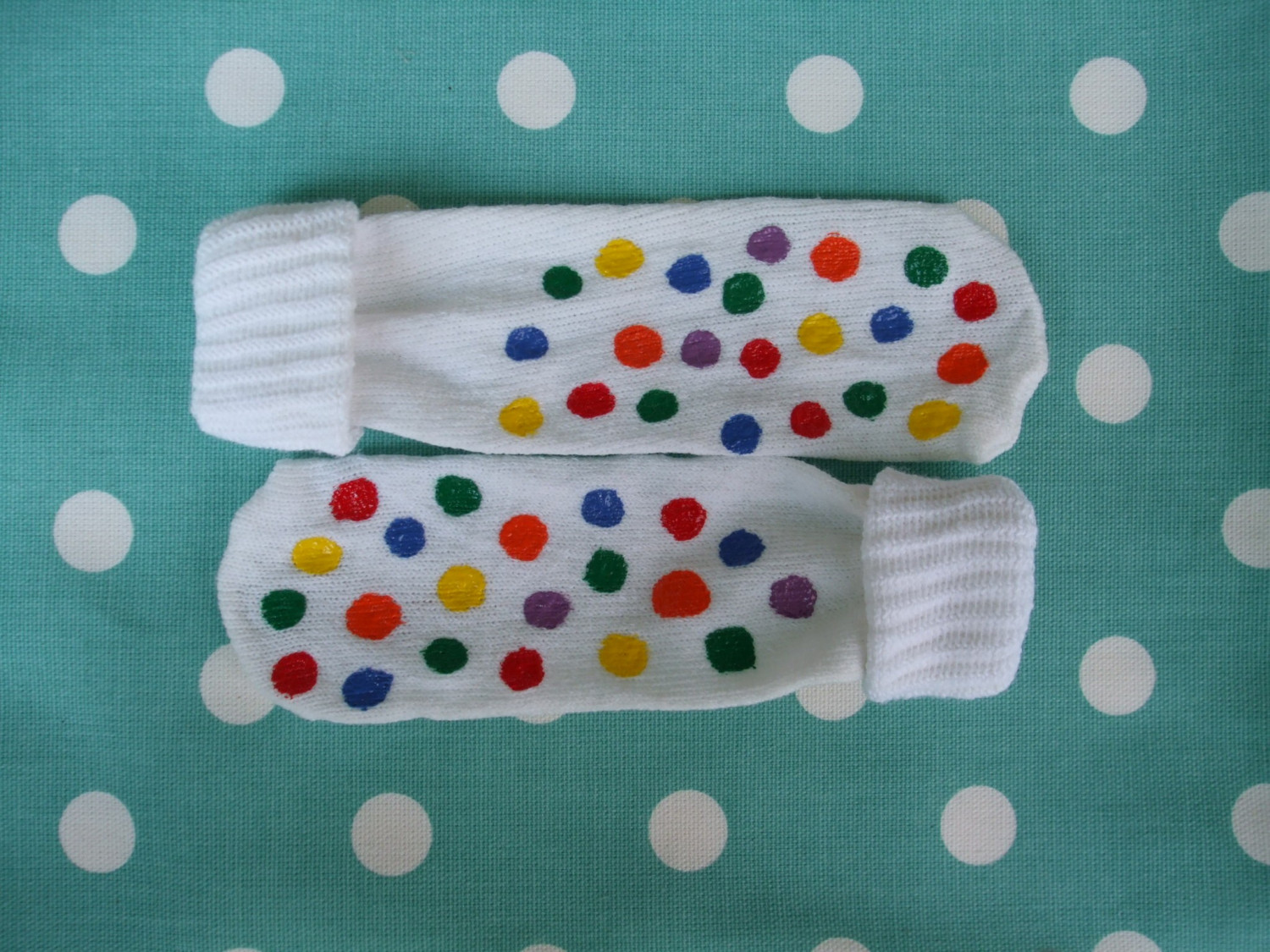
And if you’re on a limited budget, here’s a $900 “Elsa the Elephant” stuffed toy:
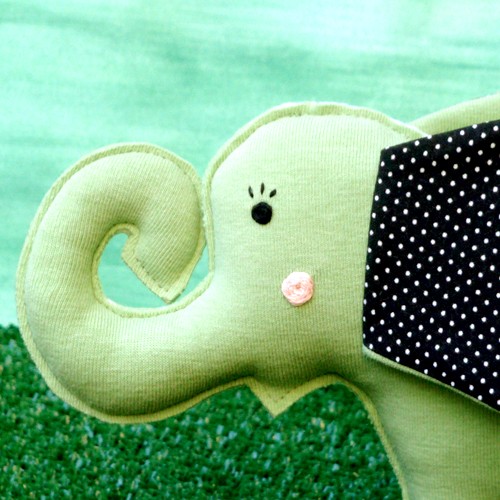
(Note to any consumer-advocacy lawyers in the readership whose first impulse is to cross-examine the crafters who posted these items: yes, it’s true, the cost of the testing can be spread over the entire lot of goods produced in the particular style and size. So the mom who makes the polka-dot socks at her kitchen table and sells them on Etsy doesn’t really have to recoup her $3,940 expected testing bill by selling one $3,940 pair of socks. She could instead break even by selling 10 pairs at $394 each, or even 197 pairs at $20 each. You sure tripped her up on that!)
“Flowery Fall Baby Rag Quilt”
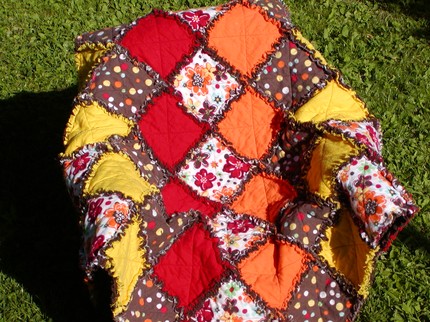
You may want to buy this cute item before the requirements of CPSIA go into effect on Feb. 10, when according to the Etsy listing its price will go up from $58 to $3,530 to cover the required testing.

